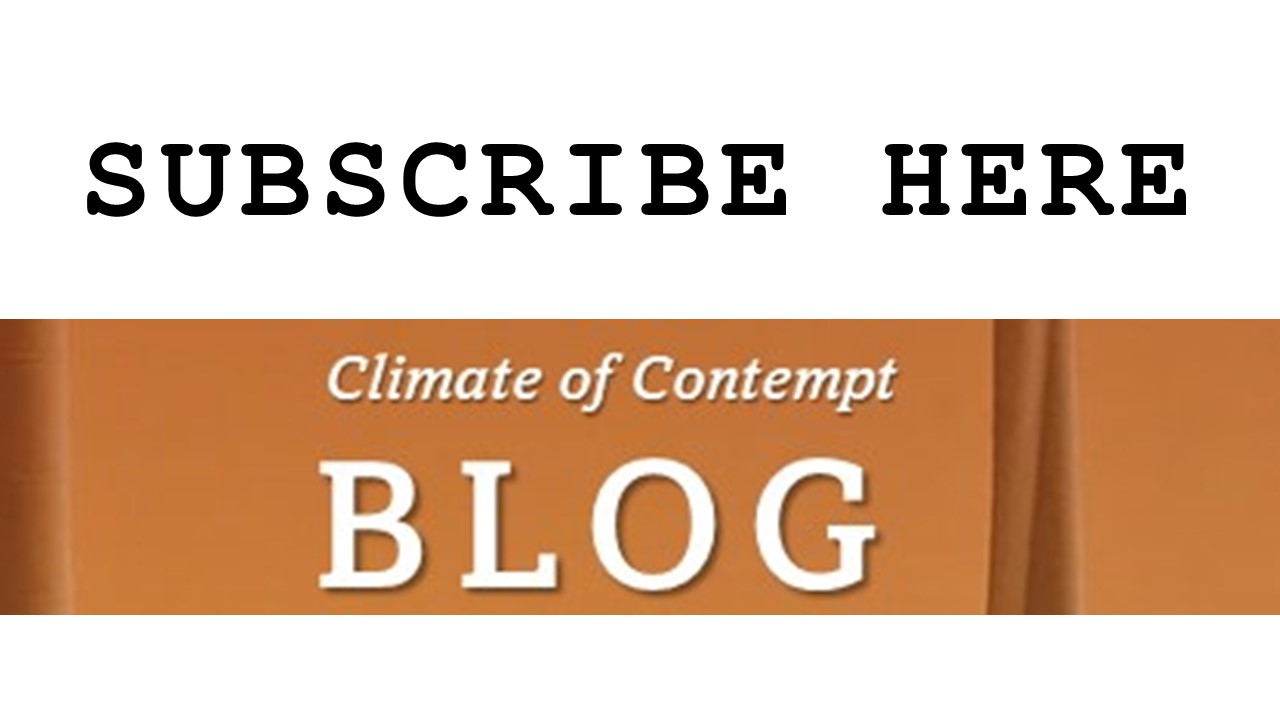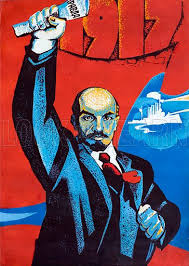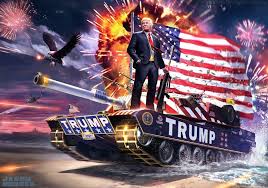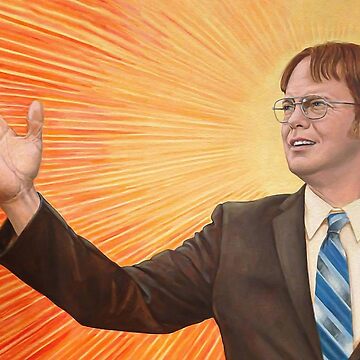As we watch the Federal Communication Commission (FCC) use its power to stifle political dissent, we should step back and look at the story of how we got here. It is a story about the simultaneous (re)concentration of economic power, on the one hand, and the concentration of political power in the hands of those on the political extremes, on the other. Together, they give an aspiring autocrat in the White House an extraordinary amount of leverage over businesses.
The Robber Barons of the Gilded Age — people like John D. Rockefeller, Andrew Carnegie and Cornelius Vanderbilt — captured large swaths of the wealth created by the Industrial Revolution. Their methods provoked popular outrage: abusing patents, stock fraud, political bribery, and even physical violence. They bullied politicians and governments, not the other way around. And the laissez-faire, social Darwinist ethic of that pre-regulatory era helped them justify their methods as legitimate competitive techniques.
The creation of the modern regulatory state in the Twentieth Century was a reaction to all that. By the second half of the century Congress had outlawed or otherwise regulated the worst of the Robber Barons’ techniques, and the United States was taxing the ultra-wealthy at marginal rates well above 50 percent. Laissez-faire had become passé.
That regulatory reaction to that voter unhappiness was only possible because politicians were responsive to public opinion. Back then, a critical mass of Democrat and Republican politicians risked rejection at the ballot box if they ignored the average voter.
No longer.
Today, the vast majority of elected politicians represent “safe seats“ in which voters from their own party are overwhelmingly numerically dominant within their district or state. Their electoral futures depend mostly on their ability to secure their party’s nomination, because they face no real risk of losing the general election.
How did so many seats get so “safe”? Two reasons. State legislatures have engaged in more extreme forms of partisan gerrymandering in recent years, empowered by a Supreme Court that sees no constitutional problem with it. And voters have voluntarily sorted themselves geographically: Democrats into urban areas and Republicans into exurbs and rural areas.
And while all this was happening, the most active partisans — the ones who tend to show up to vote in the primary elections that determine the party’s nominee — were becoming both more ideologically extreme and much more negatively partisan.
Most readers are aware of the parties’ ideological polarization. Republicans have moved to the ideological right, and Democrats to the left, in recent decades. Along the way Republicans have embraced an anti-regulatory philosophy that is hostile to antitrust enforcement. That permissive attitude toward monopolies has allowed companies like Amazon and Google to grow in ways that resemble the growth of Rockefeller’s Standard Oil Company way back when (until antitrust enforcers forced its dissolution into 34 parts in 1911).
And while most readers have a sense that partisan hatred — what scholars call “affective” or “negative” partisanship — is on the rise, the explanations for that increase may be less familiar.
One explanation notes that for most of the 20th century, voters liked parts of each party’s platform, such that the election outcome gave them some policies they liked and others they didn’t. Today, those cross-cutting policy preferences have mostly disappeared, so that victory by the other party denies voters all of what they wanted from an election, making victory seem like an urgent moral imperative.
Another explanation centers on the way 21st century media – particularly the replacement of generalist mainstream journalism with ideological and social media – emphasizes the worst of “the other side” by censoring information and reinforcing misunderstanding and partisan anger.
Put all of this together, and it explains how MAGA voters drive behavior within the Republican Party even if they remain a numerical minority within it. It explains why Republican politicians who know better remain silent as the MAGA GOP undermines traditions of good governance and basic democratic values, like free speech.
Donald Trump’s business career has always been about creating and exploiting leverage, often in unethical and illegal ways (if his juries and biographers are to be believed). So, it is unsurprising that he has such an intuitive sense of how to exploit the political leverage that these structural changes have handed to him. These companies want their mergers approved, or to retain their broadcast licenses. Trump sees that leverage as an opportunity to bully ABC/Disney and CBS/Paramount into silencing Jimmy Kimmel and Stephen Colbert, respectively.
This is not what Congress had in mind when it created the FCC in the 1930s. It thought it was creating an independent agency to regulate in the public interest. It didn’t foresee that a conservative Supreme Court would want to erode that independence, nor did it foresee that such a petty and vengeful president might be wielding that power in any case.
But the people who drafted the Constitution did worry about the damage a malevolent executive might do to the public interest. They gave Congress the power to remove a president for abusing the power of his office, prohibited presidents from using the office for personal financial gain (the Emoluments Clause) and charged to the president with responsibility for “faithfully” executing the laws (the Take Care Clause).
But those powers mean little if Congress and the courts are unwilling to use them. And so here we are. The march toward autocracy will be stopped, if at all, by voters. In recent years the courts and the GOP have shown us that much, over and over and over again. Here’s hoping we can persuade our friends and neighbors to slow down that march. – David Spence
—————




